What is Cloud Transformation
Cloud transformation is all about moving processes, workflows, and internal data to the cloud. In case you’ve been living under a rock, this is a pretty hot topic for organizations of all shapes and sizes.
See, the way we do things has changed massively over the past decade. As we’ll see, the rise of remote working, ever-growing security threats, and the need for fast, effective user experiences have all accelerated the race to the cloud.
At the same time, this requires a massive technical, operational, and cultural shift.
How is your business supposed to navigate this?
That’s exactly what we’re going to cover today. We’ll start with the basics, including exploring the meaning of cloud transformation in more detail, as well as where it fits into your wide IT and ops strategies.
Then, we’ll move on to more concrete, actionable questions around building a strategy, choosing the right tools, and actually moving your team’s workloads to the cloud. Then, we’ll wrap up by checking out what Budibase brings to the table for cloud transformation.
Without further ado, let’s start with the biggest question of them all.
What is cloud transformation?
Cloud transformation is the process of moving your business’s daily work to the cloud. This involves a combination of efforts, including:
- Centralizing internal data and data management flows.
- Migrating existing tools.
- Replacing or refactoring tools that can’t be migrated.
- Building or procuring new solutions to manage processes and workflows.
- Related security, compliance, monitoring, and administrative work to facilitate this.
- Any other technical, cultural, or operational efforts that support transformation.
Which of these activities you need to leverage will depend on your specific situation, requirements, current operations, and existing technology.
For example, you might only be focused on moving some specific types of work to the cloud or you may want to transform your operations in their entirety. Both of these would come under the umbrella of cloud transformation but the scope of work would be very different.
We’ll flesh out each of these different activities a little bit later.
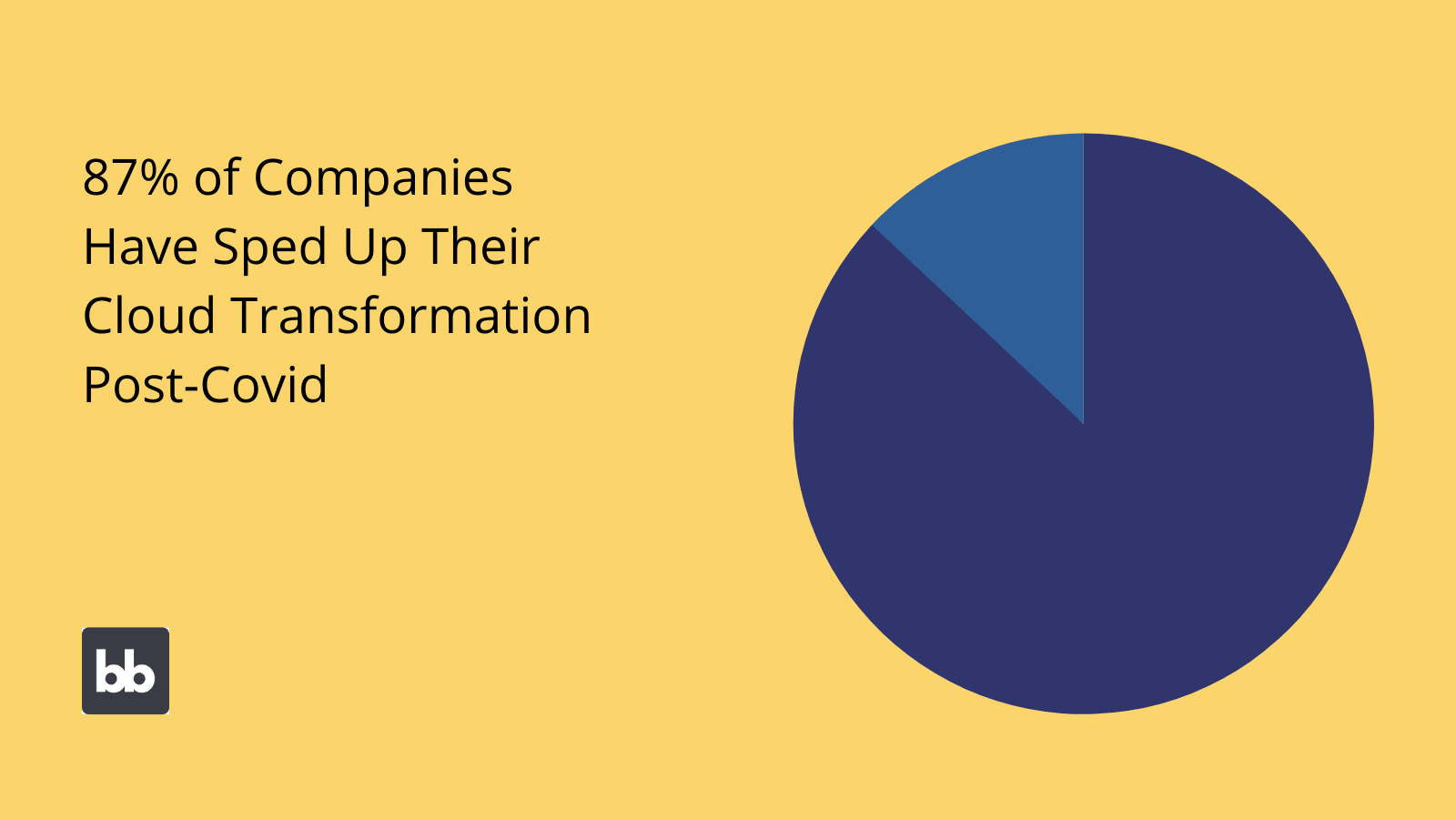
First, though, let’s zoom out and think about the broader role of cloud transformation in your business improvement efforts.
Digital transformation and the cloud
One way to get our heads around cloud transformation is to frame it as a part of your digital transformation strategy.
The question is - what’s the role of the cloud in digital transformation?
We can start with the principle that digital transformation is the sum of all of your efforts to use technology to streamline the way our teams carry out their work - using technology to either replace manual tasks or make them more efficient.
Often - though not always - this involves some element of cloud-based working.
There are a couple of key reasons for this.
First, we can think about how cloud technology directly contributes to the core goals of digital transformation.
For instance, by improving access to data or using cloud-based internal tools to empower employees with simplified, streamlined user experiences.
Secondly, cloud transformation facilitates digital transformation. This is more of a tricky concept. Basically, cloud transformation plays a huge role in laying the groundwork that makes more targeted kinds of digital transformation possible.
For example, cloud-based data warehousing gives us the insights that we need to identify improvement opportunities and come up with digital interventions to meet the challenge.
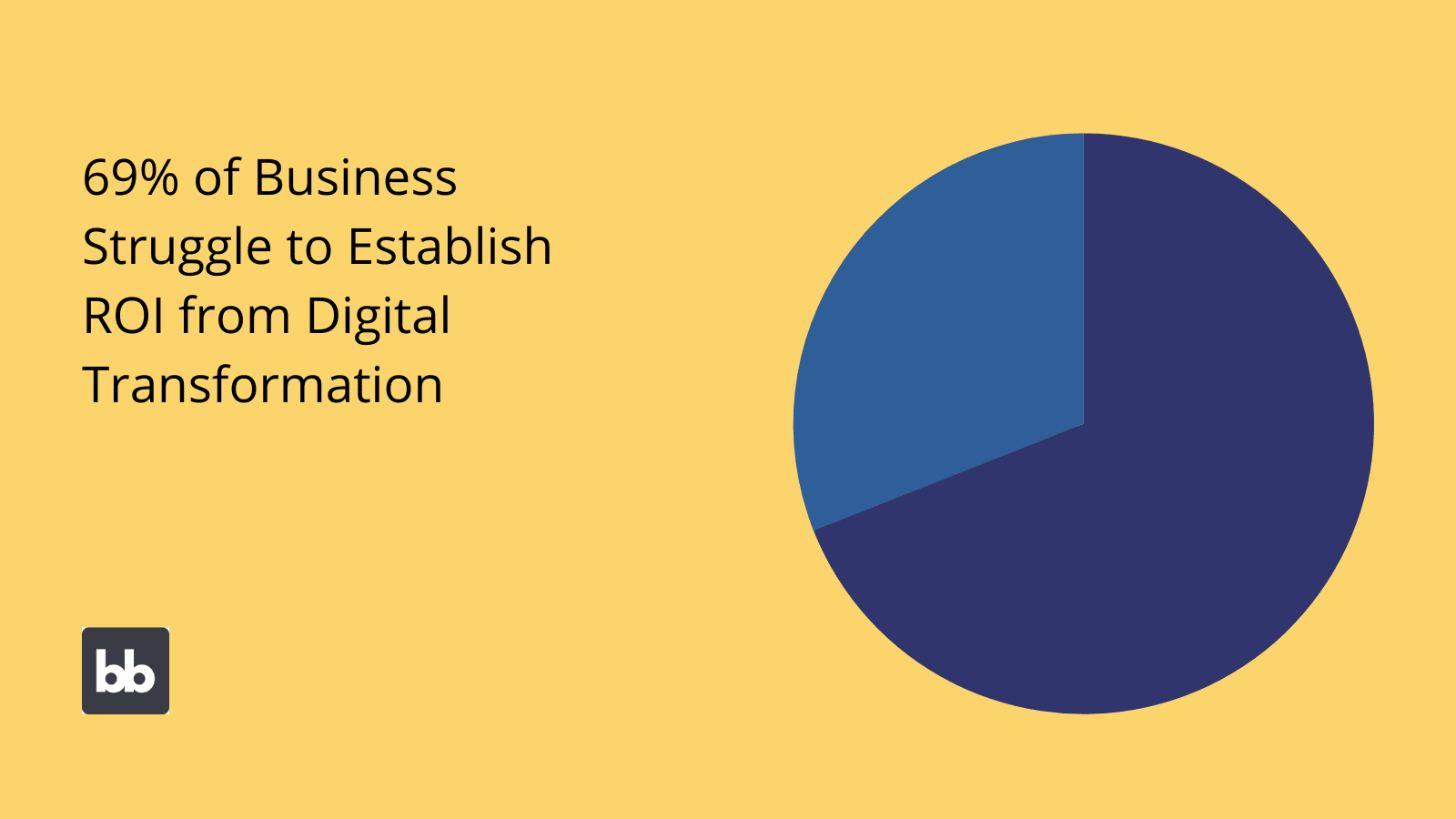
You might also like our round-up of the top free asset management software.
We might also leverage cloud-based tools for security and performance benefits, as we’ll see a little later - facilitating efficiency savings through digital transformation without compromising on other critical business factors.
Plus, containerization and other cloud-based deployment technologies help us to achieve a much greater degree of agility within our digital transformation efforts.
Take a look at our guide to on-prem vs cloud hosting .
Cloud transformation vs cloud migration
Cloud migration is another big topic in the realm of business IT. It’s also one that overlaps significantly with cloud transformation, so it’s worthwhile taking a beat to understand the conceptual distinction between the two.
Indeed, it’s pretty typical for transformation to include an element of migration - and vice versa.
The difference boils down to the basic units that each one deals with.
What do we mean by this?
Where transformation sets out to shift the way your business does things to the cloud as its point of departure, migration is specifically concerned with moving technology to the cloud - whether this is software, data, applications, or some other digital asset.
The place where people get confused here is that each generally draws on the other. So, a big part of moving any process to the cloud is usually going to be migrating the data or solutions that employees rely on to carry it out.
On the flip side, when we set out to migrate a particular piece of technology to the cloud, it’s almost inevitably because we want to achieve some operational goal - ie transforming relevant processes.
So, while cloud transformation and migration aren’t quite synonymous, they’re still deeply, deeply intertwined. It’s important to keep this distinction in the back of your mind throughout the rest of our discussion today.
Types of transformation
Now that we know what we’re dealing with, we can start to think a bit more deeply about what cloud transformation might look like in practice for your business. It probably won’t surprise you to learn that transformation isn’t a unitary beast.
In fact, we’ve already seen - albeit briefly - how our efforts can cast a wide net across different infrastructure, development, operational, cultural, and process-based interventions.
At the same time, it’s not as if every transformation project is entirely unique or unprecedented.
Therefore, it’s helpful to think about how we can cluster transformation projects into more easily understood categories.
Of course, we can’t make a totally watertight taxonomy. What we can do is outline the representative categories that your project could fall into - even if in practice it cuts across multiple groups, as it likely will.
Here’s what you need to know.
1. Application transformations
First, we have situations that involve moving the applications that a process or workflow relies on to the cloud. This is the category of cloud transformation that has the most obvious impact on employees on the ground, but what it can mean can vary in practice.
What’s required to deploy an app to the cloud depends on a huge number of factors - relating to the application itself and the environment you want to move it to. So, it gets a little bit difficult to generalize.
We can, however, think about a couple of exemplary situations.
First, there are what’s known as lift-and-shift migrations - when it’s a relatively simple case of moving your tools from one host to another.
Next, there are times when we’ll need to modify some specific elements across the application. For instance, making some changes to the backend so that it will support the new environment, but stopping short of a full-scale refactoring.
Alternatively, we might need to entirely refactor or even replace an application in order to move the relevant workflow to the cloud. For instance, if more minor modifications aren’t possible or just not economically viable.
Of course, what we’re outlining here is a spectrum. Again, the exact extent of work you’ll need to do depends on the specific applications and cloud environments you’re dealing with.
Note, this is assuming that you have some cloud capabilities in place already. This leads us neatly to…
2. Network transformation
Network transformation involves moving your actual infrastructure to cloud-based solutions. So, replacing our on-prem infrastructure with cloud solutions, either in part or on the whole.
In the olden days, you might have had on-premises or managed-service infrastructure that employees connected to using virtual private networks.
Cloud transformation offers a faster, cheaper, and more secure alternative by enabling users to connect to your network with just an internet connection. This means leveraging what’s known as a software-defined network (SDN).
Employees can then connect to virtual machines, containers, and other cloud-based services over secure internet connections.
Alternatively, many businesses opt for hybrid cloud solutions, employing a combination of on-premises and cloud-based infrastructure. For example, to retain a higher degree of control over central processes and data.
3. Data management transformation
This means moving your data assets to cloud-based environments - generally with a view to improving centralization, accessibility, security, and visibility.
The unfortunate reality for many businesses is that data management efforts are a mess. Maybe some assets are centralized and documented, but the likelihood is that a huge number are stored in spreadsheets on employees’ local machines.
Cloud transformation plays an important role in facilitating more effective and secure data management.
The cloud enables us to leverage an enormous variety of strategies, including data warehousing, automated pipelines, and efficient, accessible tools for interacting with internal business data.
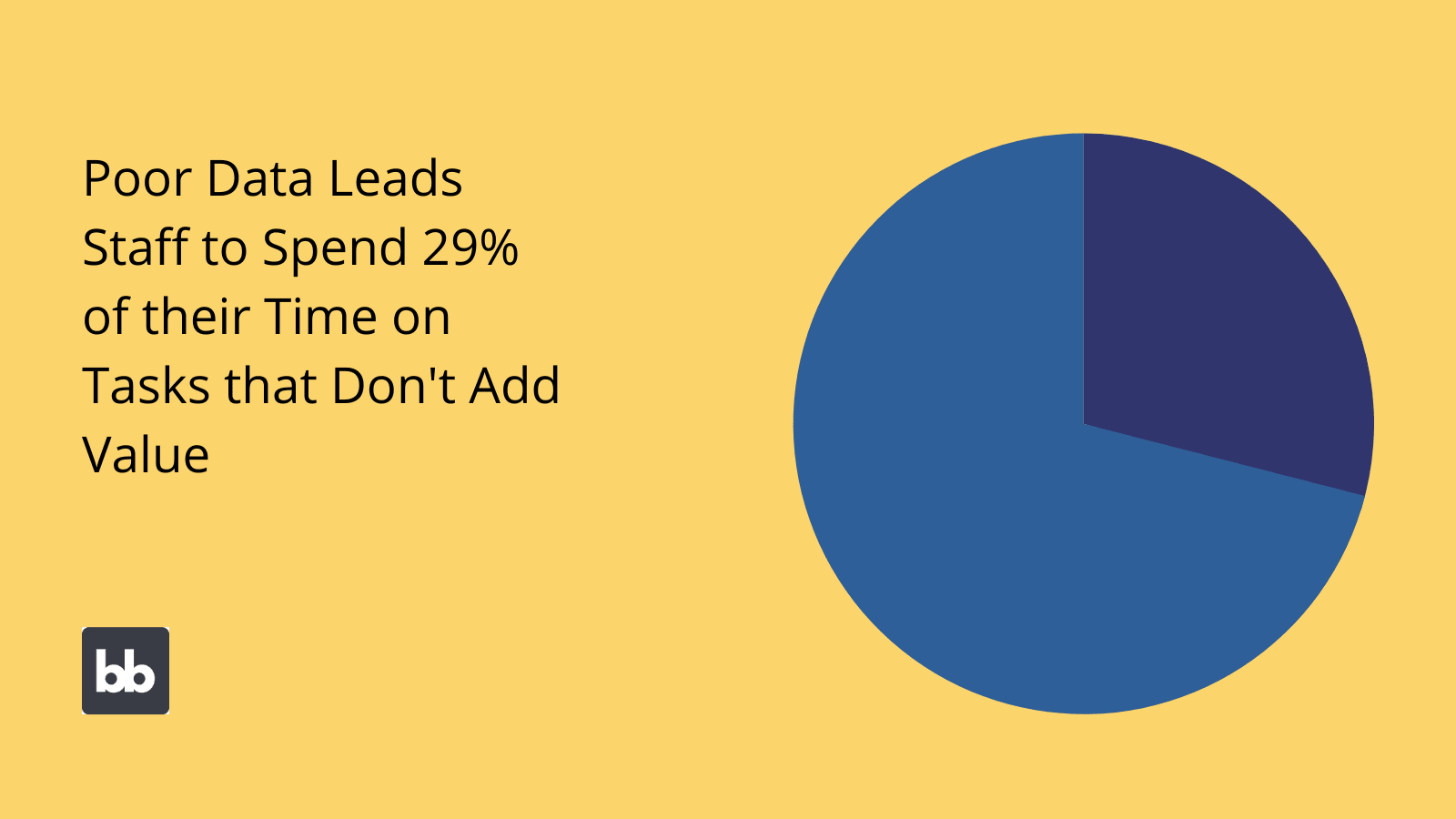
(McKinsey )
This also plays a huge part in facilitating your application-focused cloud transformation efforts. When relevant data assets are already stored with accessible, portable cloud solutions, it’s naturally much more feasible to build and launch apps that leverage them.
4. Security transformation
Finally, we have security transformations - leveraging cloud-based solutions to make your internal processes and workflows more secure. Of course, there’s a huge degree of overlap here with the other three categories of cloud transformation.
So, we need the right security measures in place to make our other efforts viable on the one hand. On the other, we’ll need to have an existing level of cloud capability for there to be any point in thinking about security.
What kinds of security measures are we talking about here?
The central point is that the kinds of security tools you use for on-prem processes won’t necessarily translate to the cloud. A huge part of this is that moving to the cloud greatly increases the attack surface of our IT ops.
At the data level, the big issues are encryption, backups, and disaster recovery.
We’ll also need to consider how users access our cloud services. For example, implementing your own enforced SSO standards or other authentication tools.
And finally, cloud transformation requires concerted efforts toward security monitoring and threat detection. The more readily we can identify new threats, the easier it will be to put measures in place to mitigate them.
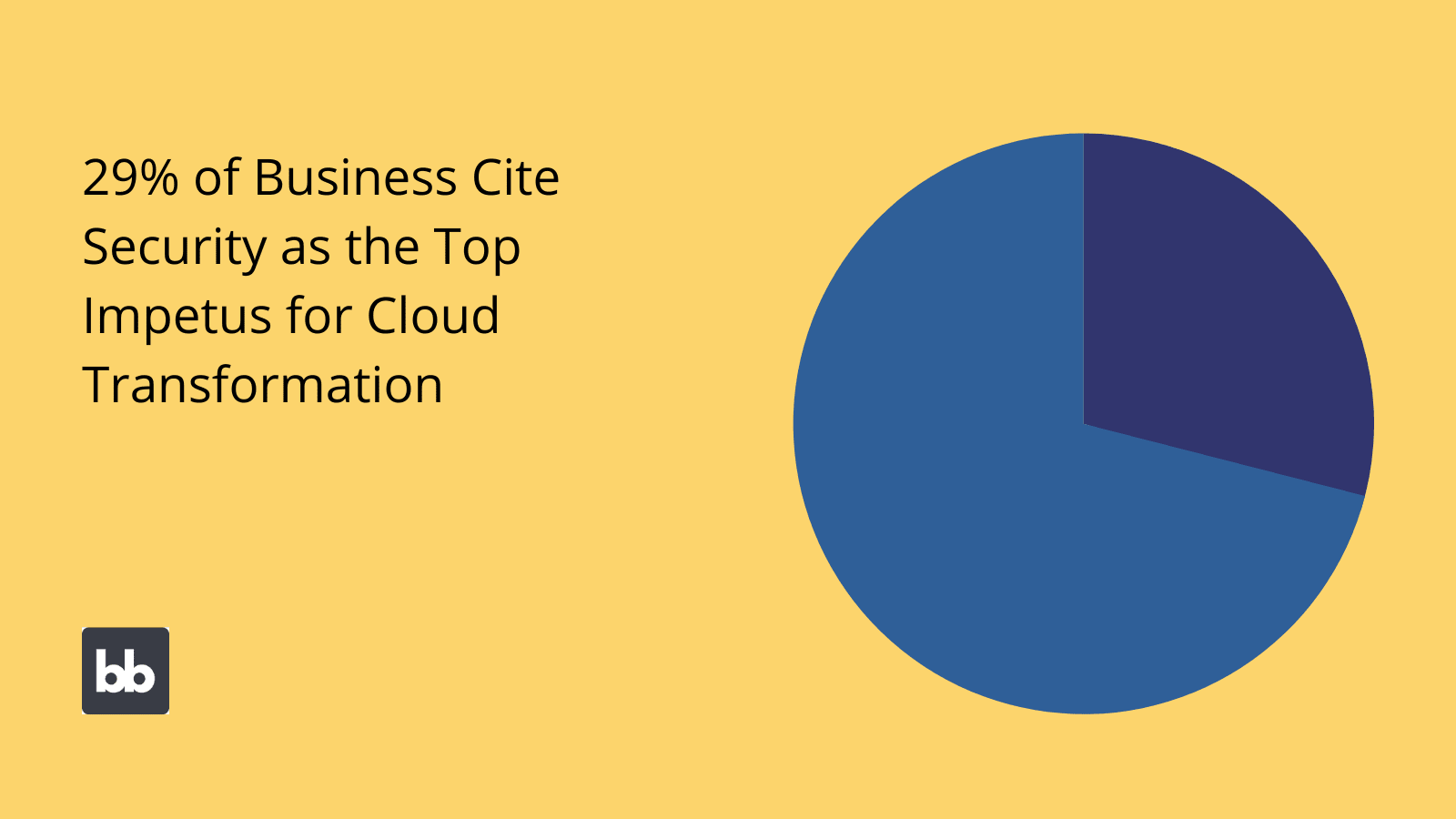
(Insight )
What does cloud transformation achieve?
So, we have a pretty clear idea of what cloud transformation actually involves. We also know that this is one of the biggest hot-button issues in the world of business IT.
Why?
Or, more specifically, what does cloud transformation offer that makes it such a priority for leaders in IT departments and across businesses more broadly?
Check out our in-depth guide to ITOM vs ITSM .
To get a better grip on this, let’s check out the core business benefits of cloud transformation.
Future-proof operations
Cloud transformation feeds your business’s wider capacity for change and improvement. This helps to ensure that our operations are fit to meet your needs well into the long term.
On the one hand, our ability to respond to changing requirements by adding capabilities, capacity, and functionality is much greater in cloud-based solutions compared to on-prem.
For example, increasing storage capacity or networking resources could be as simple as choosing an upgrade option and allowing your vendor to handle everything.
On the other hand, when we deploy applications to the cloud, we’ll also generally enjoy more portable, movable solutions - especially in the case of containerized applications and virtual machines, which can relatively easily be moved to a completely new host.
Therefore, if we need to shift our operations from one cloud-based solution to another in response to changing business requirements, the associated costs and risk of service interruptions are greatly reduced.
Reduced overheads
Generally speaking, moving away from on-prem solutions and to the cloud will also offer us a great deal more cost-effectiveness. The reason for this is very simple.
Cloud infrastructure comes with much lower overheads.
See, when we rely on local networks we incur the costs associated with the actual infrastructure - including buying and maintaining servers and other hardware, along with a whole raft of associated software tools.
By contrast, cloud tools are typically offered on a service basis, with fixed, regularized costs. For a recurring license fee, vendors can offer much lower overheads due to economies of scale.
So, cloud transformation typically offers the same or better performance with lower overheads.
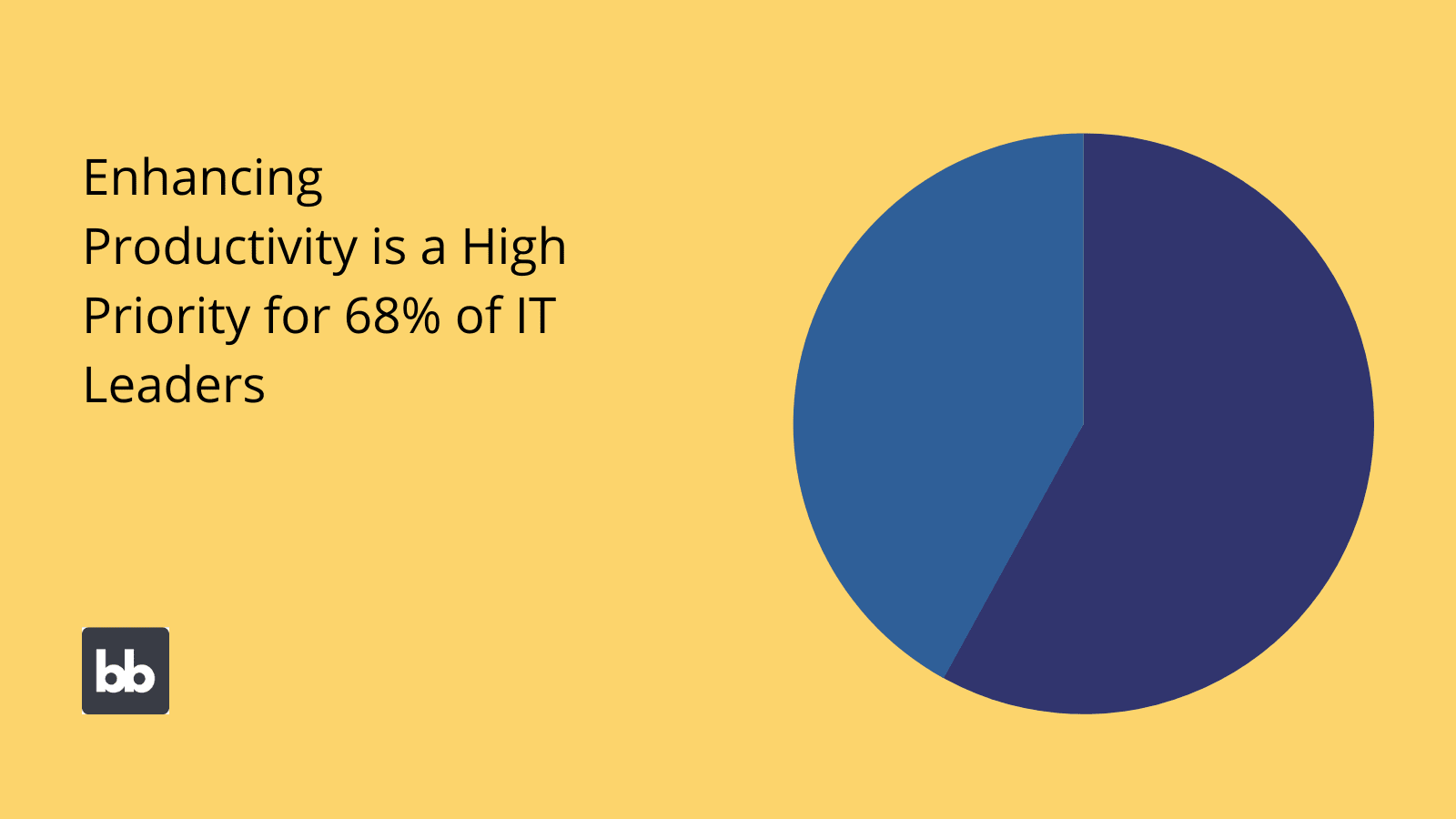
(Boardview)
Improved agility
We mentioned a second ago that cloud transformation improves your business’s capacity for change.
Another way of framing this is in terms of agility.
Agility is how quickly and easily our business can respond to challenges. For IT teams, this means outputting solutions, fixing bugs, implementing changes, and rolling out patches, to name but a few key actions.
How does cloud transformation make this easier?
There are actually several different levels to explore here. Consider how much easier it is to ideate, plan, and implement solutions when all of the data you could possibly need is already centralized in a single location.
Or, think how much more quickly you can get the solution to end users when they already have access to the VMs, nodes, or droplets where you’re deploying them.
Flexible working
Over the past few years, we’ve seen fundamental shifts in the way businesses operate that simply would not have been possible without cloud transformation. Post-pandemic, the daily reality for most on-the-ground workers is almost unrecognizable from a few years ago.
Our modern, remote, flexible working practices are largely facilitated by secure, performant cloud solutions.
As we saw earlier, cloud transformation empowers our users to access the tools, services, and resources they need from just about anywhere.
In addition to fundamentally shifting the nature of modern organizations, we can point to several examples of how this plays out in terms of tangible business benefits - from reduced costs associated with physical workspaces to happier, more productive employees.
Scalable solutions
Cloud solutions also offer superior scalability - both horizontally and vertically. We’ve already alluded to how this works in the latter case - including making it easier and cheaper to add storage capacity, users, and performance enhancements.
In the horizontal plane, what we’re really concerned with is adding entirely new capabilities and functionality to our cloud-based processes.
There are a number of reasons why this can be easier when we’re dealing with solutions in the cloud. The biggest is the fact that your infrastructure isn’t a hard limitation in quite the same way as it would be with on-prem.
And, as we outlined a second ago, modifying and extending our solutions is a much more streamlined process in a cloud ecosystem.
One element that often gets overlooked here is downwards scalability - although this is a huge pain point for many small and medium-sized organizations. The killer here for on-prem infrastructure is the costs are hugely front-loaded.
If we commit to an on-premises solution that turns out to be surplus to requirements, the costs might be sunk. If we sign up for a cloud license that’s excessive for our needs, it’s much easier to downgrade to something more suitable.
Robust, secure operations
Finally - as you’ve no doubt gathered already, cloud transformation can offer huge security dividends. However, we’ll also see in a few moments that this isn’t inevitably the case and can vary from business to business.
How does this play out in practice?
One scenario common scenario is that managing the security of on-premises networks alongside our other assets is simply too great a burden for our IT teams. Cloud transformation involves a greater degree of outsourcing, helping to alleviate this.
As we saw earlier, cloud transformation also opens up new security technologies - and indeed that this can be the core rationale for moving our operations to the cloud in the first place.
However, we’ll also see the flip side of this and why on-premises or hybrid solutions may still be the right option security-wise in many circumstances.
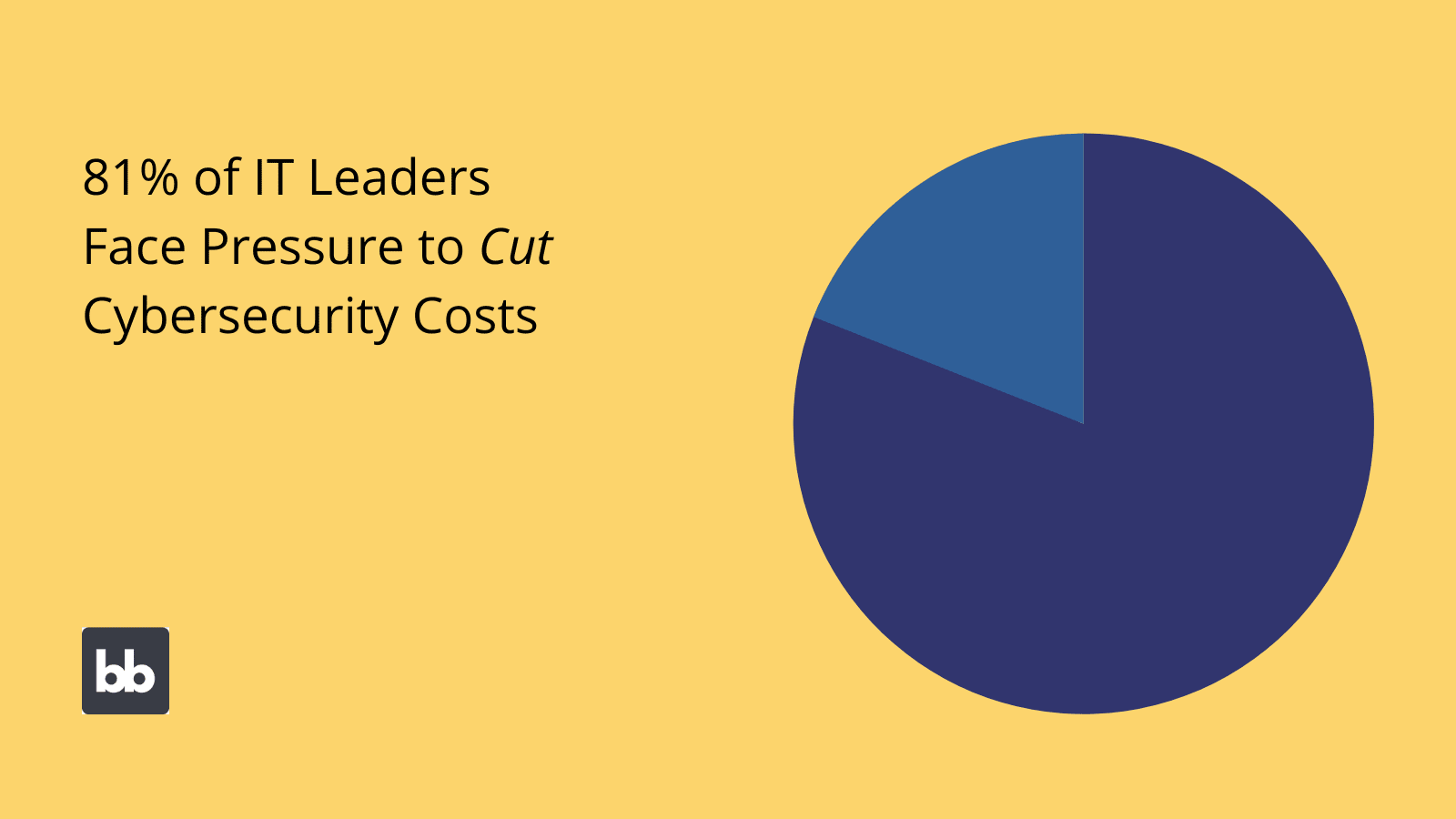
(Microsoft )
Cloud transformation challenges
We know the benefits, but cloud transformation isn’t all plain sailing. Indeed, like any kind of organizational change, it also brings along its own challenges and pain points.
You could argue that it’s more important to get to grips with these than it is with the positives.
See, depending on your specific needs and circumstances, some of these will pose challenges that need to be addressed, but others might mean that cloud transformation isn’t the right option for you.
Let’s dive in and find out what we’re dealing with.
Financial challenges
We saw earlier that cloud hosting has lower overheads compared to on-prem infrastructure, but this isn’t the whole story.
Not by a long shot.
For example, there can actually be specific circumstances where managing your own infrastructure is more cost-effective - especially if you’re a larger organization or you have more niche requirements.
Besides this, we have to contend with the fact that we’re dealing with much more than just the cost of infrastructure. For example, remember earlier when we talked about the need to refactor or even replace applications?
This isn’t free.
We can apply the same logic to any other element of cloud transformation that we’ve seen so far.
In a nutshell, the whole span of cloud transformation can incur a large amount of upfront cost, even if it provides a financial return in the medium to long term. We’ll return to these a little bit later.
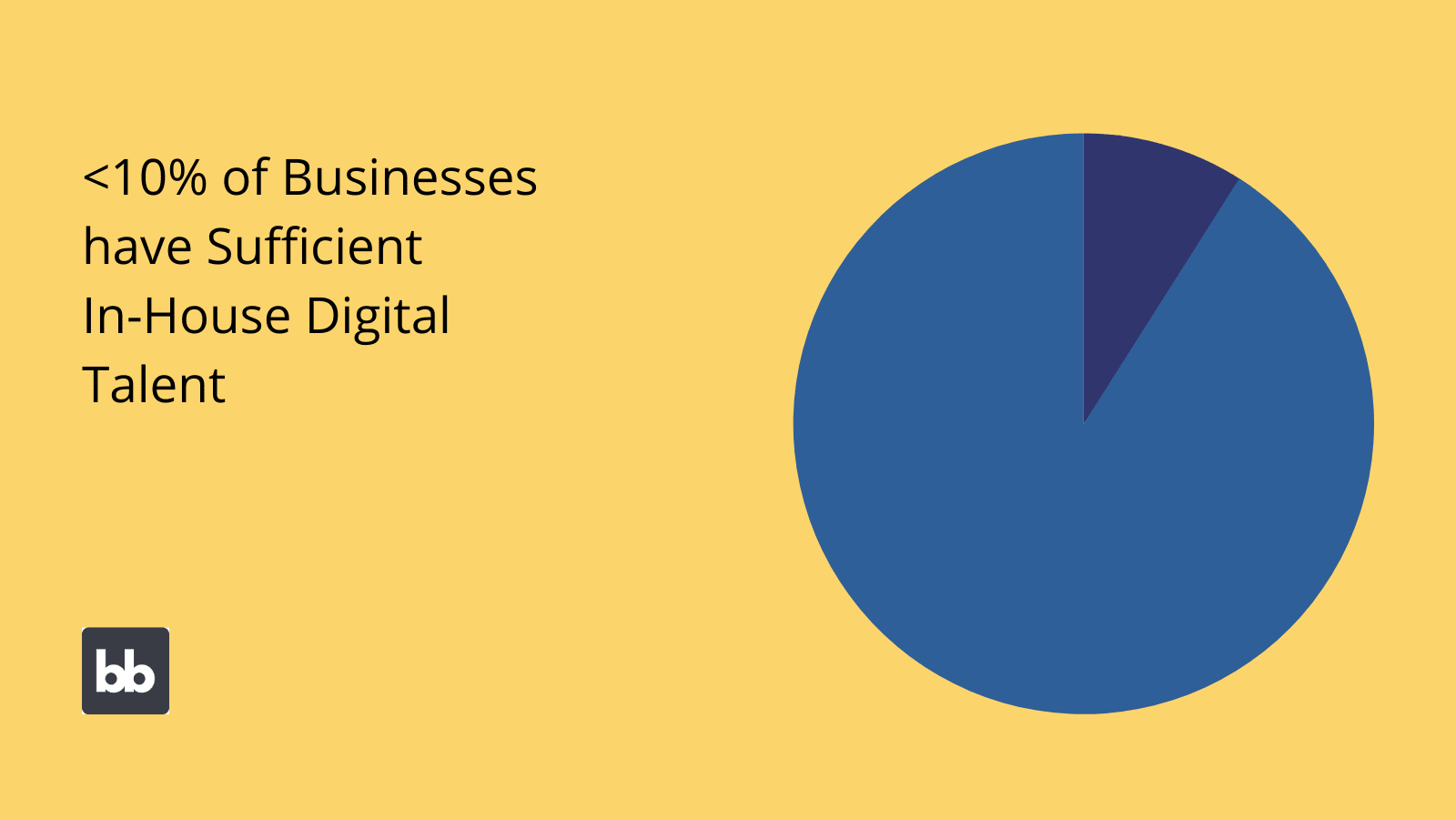
(McKinsey )
Vendor-side challenges
Cloud solutions can also increase our reliance on external vendors. To some businesses, this is a big problem in and of itself. Even if you don’t have stringent internal policies around vendor vetting and relationships, you might still encounter problems here.
On one level, there’s the nature of the actual services you’re receiving. Unless you’re a big-ticket sweetheart client, vendors aren’t just going to add functionality as and when you need it.
We also need to be cognizant of the fact that our relationships with vendors can impact our operations. For instance, what happens if we build cloud services around one vendor’s solution and they suddenly up their prices or even go out of business?
We’d either need to absorb the difference or find a new platform.
Change management
We also need to consider the cultural and operational side of cloud transformation.
Remember, the point of cloud transformation is ultimately to create a wider shift in the way your business does things. It’s only natural that we’ll have to account for these kinds of factors as we roll out any new technical solutions.
This includes the likes of employee training efforts, new governance initiatives, usage policies, auditing, adjustment periods, project management, and much more.
All of these bring along their own associated costs.
And, as such, we need to factor this into the overall picture.
It’s worth noting though that these things will likely make up a relatively small proportion of the overall cost of cloud transformation - so they’re unlikely to be prohibitive. Still, it’s vital to consider these in order to get an accurate picture of the costs we’ll incur.
Security considerations
Finally, the question of on-prem vs cloud for security isn’t totally clear-cut, as we saw briefly earlier. Indeed, there are plenty of use cases where we’d want to keep things in-house to the greatest extent possible.
For example, when you’re dealing with particularly sensitive data, complex compliance requirements, or even top-secret projects, on-premises solutions may well be a more viable option.
This is most apparent in the context of enterprises but it’s also the reality for many businesses operating in particular sectors, including NGOs, healthcare, and other organizations dealing with sensitive client data - or have specific security requirements for some other reason.
The key thing here is control. When we control our own hosting and infrastructure, we have a greatly improved ability to implement the specific security standards that we need for our particular use case - for example, restricting access only to onsite users.
Alternatively, certain businesses opt for on-prem or hybrid solutions to avoid vendor-side security risks.
Develop a cloud transformation strategy in 7 steps
So, we’ve seen several times now that different aspects of cloud transformation are contingent on what’s the right decision in your specific case.
Therefore, we need a framework for developing a strategy that meets our particular needs.
This enables us to assess our current situation and our goals for transformation in a robust, repeatable fashion.
With that in mind, here are the 7 steps you can follow to develop a cloud transformation strategy of your own.
1. Define transformation goals
First of all, we need to clearly set out just what it is we hope to achieve through transformation. The first question is defining the scope of our efforts. So, are we focusing on some specific processes or our operations more broadly?
If it’s the former, we’ll need to outline which processes we’re dealing with, along with any related processes that they’re dependent on.
More to the point, we need to set goals for our changes.
That is, we don’t move our operations to the cloud just for the sake of it. Instead, we want to define specific, measurable business-level goals - cutting times for process completion, reducing operating costs, making specific performance improvements, etc.
This is vital for getting sign-off on our planned interventions from organizational leaders.
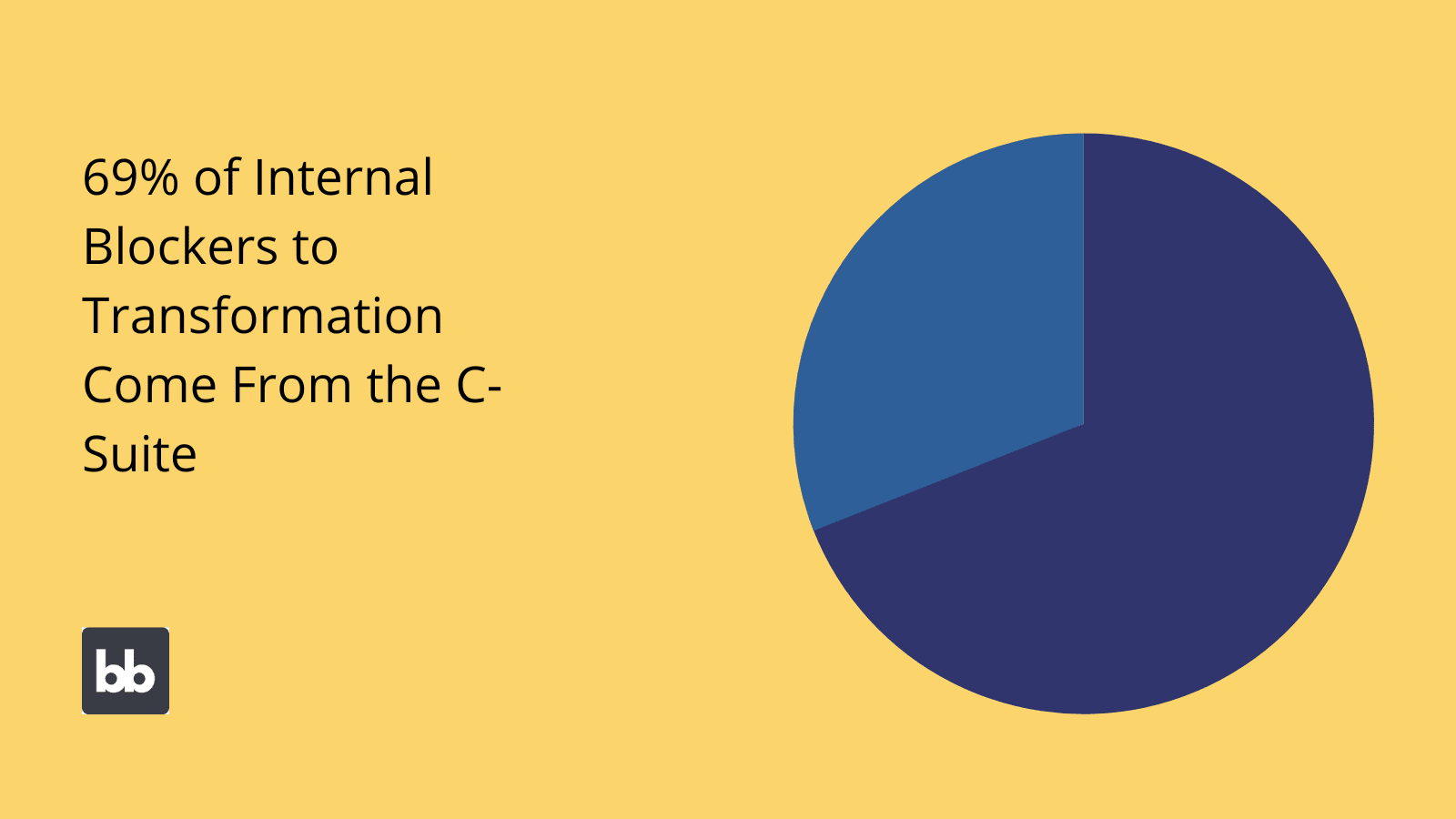
The more specific and detailed we can be here the better, as our underlying goals will naturally inform each of the other decisions we make around cloud transformation.
Check out our ultimate guide to IT transformation to learn more.
2. Inventory digital assets
Next, we need to gain a clear picture of the tools, data, and other systems that we’re going to need to move to the cloud in order to meet the goals that we just defined. If we have a narrow focus, we need to inventory everything required to action our target processes.
If we’re dealing with our broader operations, we have the much bigger task of documenting every resource or service that’s routinely used by our team.
The idea here is, first of all, to define the extent of work that’s going to be required for cloud transformation. This is determined by the number of assets we’re dealing with along with the extent of work required to move each to the cloud.
We’ll return to this in step number five.
3. Public vs private cloud & cloud vs hybrid solutions
Now we can start thinking about what kind of cloud transformation we want to opt for. The first decision point is whether we want to opt for a public or a private cloud solution. Basically, a public cloud solution means contracting services to a vendor.
A private cloud solution is controlled by your organization on your own infrastructure - perhaps even in your own data center. There are obvious customization, performance, and security benefits to this, but we’ll also absorb more costs and liabilities.
We’ll also want to consider if we require a fully cloud-based ecosystem or a hybrid solution. This means using the cloud for some aspects of our operations but relying on on-prem infrastructure for others.
4. Network transformations
We can then define the network transformations that will be required to meet our cloud transformation goals. This is a big topic in and of itself, of course, so we’ll focus on broadly outlining the key decisions you’ll need to make.
The important thing is to begin by outlining the actual capabilities we need to achieve - how much data we’ll store, how many users will use it simultaneously, our performance requirements for our cloud services, etc.
We’ll then need to consider any additional requirements we have for cloud network solutions. For example, support for specific security protocols, deployment tools, or monitoring solutions.
5. Application and data management transformations
Next, we can move on to determining what work will be required to move specific assets to the cloud. For each application or data set, we’ll need to figure out if we’ll need to lift-and-shit, make minor modifications, or fully refactor or replace.
Similarly, we’ll need to define the exact way that we can meet our data management requirements. For instance, figuring out the exact tools we’ll need to migrate the data assets we identified a few moments ago.
There’s a certain amount of cross-over here, of course. So, the tools we use to manage and interact with data on-premises might not be suitable for the cloud, so we’ll need to carry out application and data management transformations simultaneously.
We might also require extensive changes to migrate our data from its current form to something that can be effectively leveraged in the cloud - potentially drawing on a range of transformation, automation, pipelines, and warehousing tools.
6. Security transformations
At the same time, we’ll need to consider the kinds of security interventions we can rely on to meet our cloud transformation goals.
As we said earlier, this can come in two forms - where improving our operational security is the core objective and where security interventions are used to facilitate other kinds of transformation.
In both cases, we’ll inevitably require a whole suite of different measures, across authentication, authorization, access control, monitoring, incident response, disaster recovery, encryption, and more.
Additionally, we’ll need to support these efforts with effective governance and policy-level instruments.
7. Rolling out cloud transformation
Finally, it’s time to roll out the exact measures we’ve chosen in the previous steps. As we noted before, cloud transformation is just as concerned with the cultural and operational side of improving your business as it is with specific technical changes.
Therefore, we need to pay careful attention to each of these strands.
The specifics of your technical roll-out will naturally depend on the actual change that you’re making, so it’s tough for us to generalize there. We can, however, point to some central factors that you’ll want to take into consideration.
Most importantly, we want to ensure service continuity while we roll out our new solutions - at least to the extent that this is possible.
At the cultural and operation levels, we’ll also need to account for effective training and user onboarding.
In cases where we’ve been able to port existing applications to the cloud, this might be relatively easy, but if we’ve had to build entirely new tools, the required training could be more comprehensive - and therefore costly.
Take a look at tour guide to application transformation .
Building a tool stack for transformation
We can also think about the kinds of tools we need to furnish our IT team with for successful cloud transformation. As you might expect, this can vary widely from different data management platforms, developer tools, and specific hosting and deployment solutions.
Many of these, we’ve alluded to already.
But it’s worth taking a step back to think about where the core challenge for your IT team lies when it comes to implementing cloud transformation effectively. That is, technical teams in most organizations are already stretched to their limits.
Cloud transformation generally brings along a large additional burden of development, refactoring, and maintenance work for IT colleagues.
Therefore, it’s essential that our developers have the tools they need to output solutions quickly and easily. In recent years, no/low-code development has become the leading solution class for digitalizing business processes.
Let’s take a look at how Budibase is leading the charge.
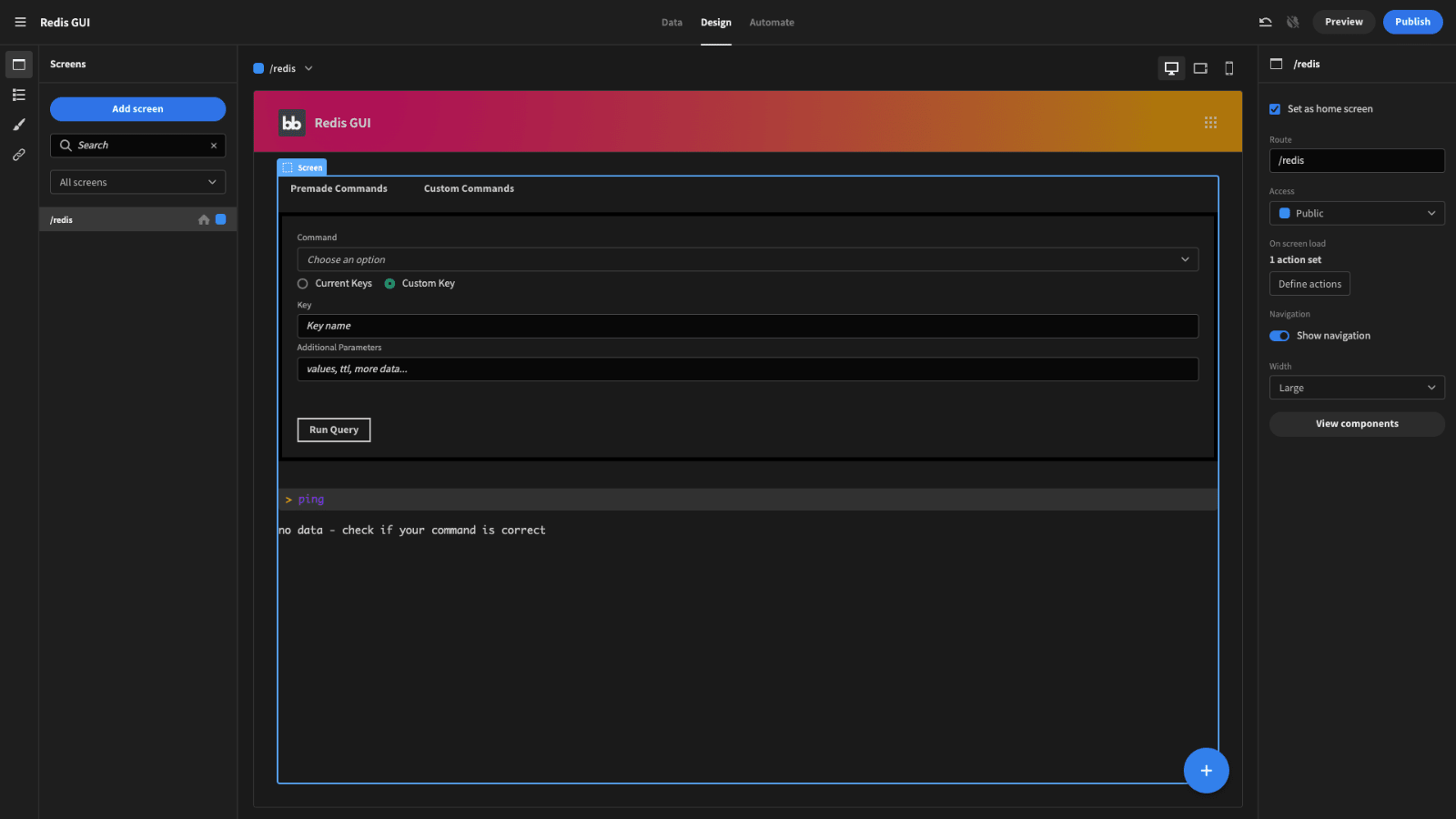
Budibase makes shipping cloud apps a breeze
Budibase is the fast, intuitive way to build all sorts of cloud applications. With our open-source, low-code platform, it’s never been easier to output custom tools, on-prem or to the cloud.
Let’s see what Budibase brings to the table for cloud transformation.
Our open-source, low-code platform
Budibase is designed to make outputting custom solutions a breeze. With intuitive design tools, extensive data connectivity, step-based automations, autogenerated CRUD screens, and more, our platform is built for speed without compromising on quality.
Check out our features overview to learn more.
Self-hosting and Budibase cloud
We offer complete control around how and where you deploy your Budibase applications. Host on your own cloud or on-prem infrastructure with Kubernetes, Docker, Digital Ocean, and more.
Or choose our proprietary cloud hosting platform to ship tools in a matter of seconds. Take a look at our pricing page to learn more about both options.
Extensive data connectivity
Budibase is miles ahead of the pack for third-party data support. We offer dedicated connectors for SQL, Postgres, Airtable, Mongo, Couch, Dynamo, Oracle, REST, S3, Google Sheets, Arango, and many, many more.
We’ve even got our own built-in database, making it easier than ever to get your application’s back end up and running.
Role-based access control
Combine security and usability with Budibase’s built-in access control tools. Grant or restrict access to different user roles at the level of data sources, queries, screens, or individual components.
We even offer free SSO with OpenID and OAuth.
Custom plug-ins
No other low-code brand can match Budibase for extensibility. We offer custom plug-ins so you can build your own components and data sources with our CLI tools and ship them across all of your Budibase apps.
Check out our plug-ins documentation to learn more.
Intuitive automation tools
Choose Budibase to automate business logic in a flash. We have a dedicated step-based automation builder UI with a library of nestable, configurable triggers and actions.
You can even use third-party app events to initiate your automation rules in Budibase, or vice versa with WebHooks, REST, Zapier, and more.
50+ free application templates
We’re so confident in what Budibase can do that we thought we might as well show you for ourselves. That’s why we’ve built more than fifty free, customizable, and deployment-ready application templates .
To start building cloud applications the quick, easy way, sign up to Budibase today for free.